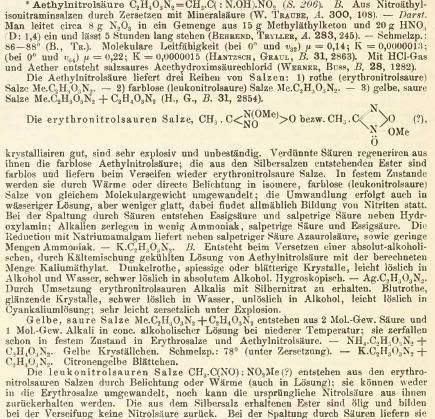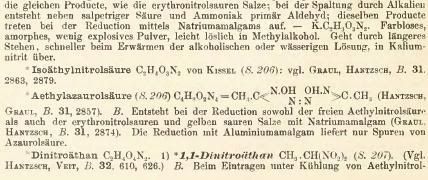
 . As soon as I have finished posting this I will go crash the mixture into water...
. As soon as I have finished posting this I will go crash the mixture into water... )
)
| Quote: |
 . When wet
these crystals turn wood red. When dry and lit with a match they first melt in their water of crystalization, then very weakly puff off. Nothing
special.
. When wet
these crystals turn wood red. When dry and lit with a match they first melt in their water of crystalization, then very weakly puff off. Nothing
special.



